Have you ever watched your cat and wondered what’s going on in that mysterious little head? If you’re like most cat lovers, you probably wish your furry friend could just say, “Hey, I feel right at home here!” But cats speak a secret language—a series of subtle behaviors and gestures that reveal exactly how comfortable they are in their kingdom. Understanding these signs is like discovering a treasure map to your cat’s happiness. Some may surprise you, some might make you laugh, and a few will tug at your heartstrings. Let’s dive into the undeniable signs that your cat feels safe and secure in their territory.
Relaxed Body Posture

A cat who feels truly safe in their territory will show it through their body language. You might notice your cat lounging with their belly exposed or stretched out on their side. These positions leave them vulnerable, so when your cat chooses to rest like this, it’s a strong vote of confidence in their environment. Their muscles appear loose, not tense or ready to spring. A calm tail, draped or gently swaying, further reveals their peace of mind. They may even curl up in the most unexpected spots—on top of the laundry or sprawled across your keyboard—because they know nothing’s going to disturb them. It’s like watching someone nap on a sunny beach, utterly unbothered by the world.
Slow Blinking at You

If your cat locks eyes with you and slowly blinks, you’re witnessing one of the sweetest cat compliments around. Slow blinking is the feline equivalent of a heartfelt “I trust you.” In the wild, maintaining eye contact can be a sign of aggression or wariness, so when your cat blinks softly at you, it means they feel completely at ease. Try slowly blinking back—many cats will repeat the gesture, creating a special moment of mutual trust. It’s a silent conversation that builds your bond and reassures your cat their home is a safe haven.
Sleeping in Open Spaces

Cats are notorious for seeking out cozy, hidden spots—under beds, inside boxes, or behind curtains—especially when they’re anxious. But if your cat naps right in the middle of the room, sprawled on the couch or a sunny patch by the window, it’s a clear sign they feel secure. Sleeping in the open leaves them exposed, so only a cat who truly trusts their surroundings will choose these spots. You might find them snoring softly, completely oblivious to the household hustle and bustle. It’s their way of saying, “I know I’m safe here.”
Grooming Themselves and Others

A relaxed cat will dedicate plenty of time to grooming. Licking their fur isn’t just about cleanliness—it’s a sign they’re comfortable and at ease. If you have more than one cat, you might see them grooming each other, a behavior called allogrooming. This not only strengthens social bonds but also shows the group feels protected in their shared space. Even if your cat tries to “groom” you by licking your hand or hair, take it as a compliment: you’re part of their trusted circle.
Playful Behavior

When a cat feels safe, play comes naturally. You’ll see them chasing toys, pouncing on invisible prey, or even play-fighting with fellow pets. Play is a luxury that only relaxed, happy cats indulge in. Their eyes may widen, tails swish, and they might bring you their favorite toy as if inviting you to join the fun. Sometimes, they’ll initiate games with sudden energetic bursts, racing up and down the hallway. These antics aren’t just adorable—they’re proof your cat feels their territory is free from threats.
Chirping and Trilling
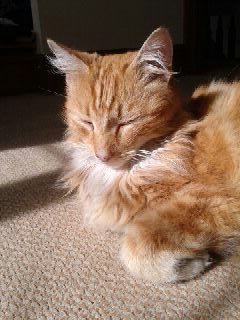
Cats don’t just meow—they have a whole arsenal of sounds, and chirping or trilling is a positive one. When your cat chirps at you or at birds outside the window, it’s usually a sign of excitement and comfort. Trilling, a rolling “rrr” sound, is often used as a friendly greeting. These vocalizations show your cat feels safe enough to communicate openly, without fear. It’s like having a chatty friend who feels right at home.
Tail Held High
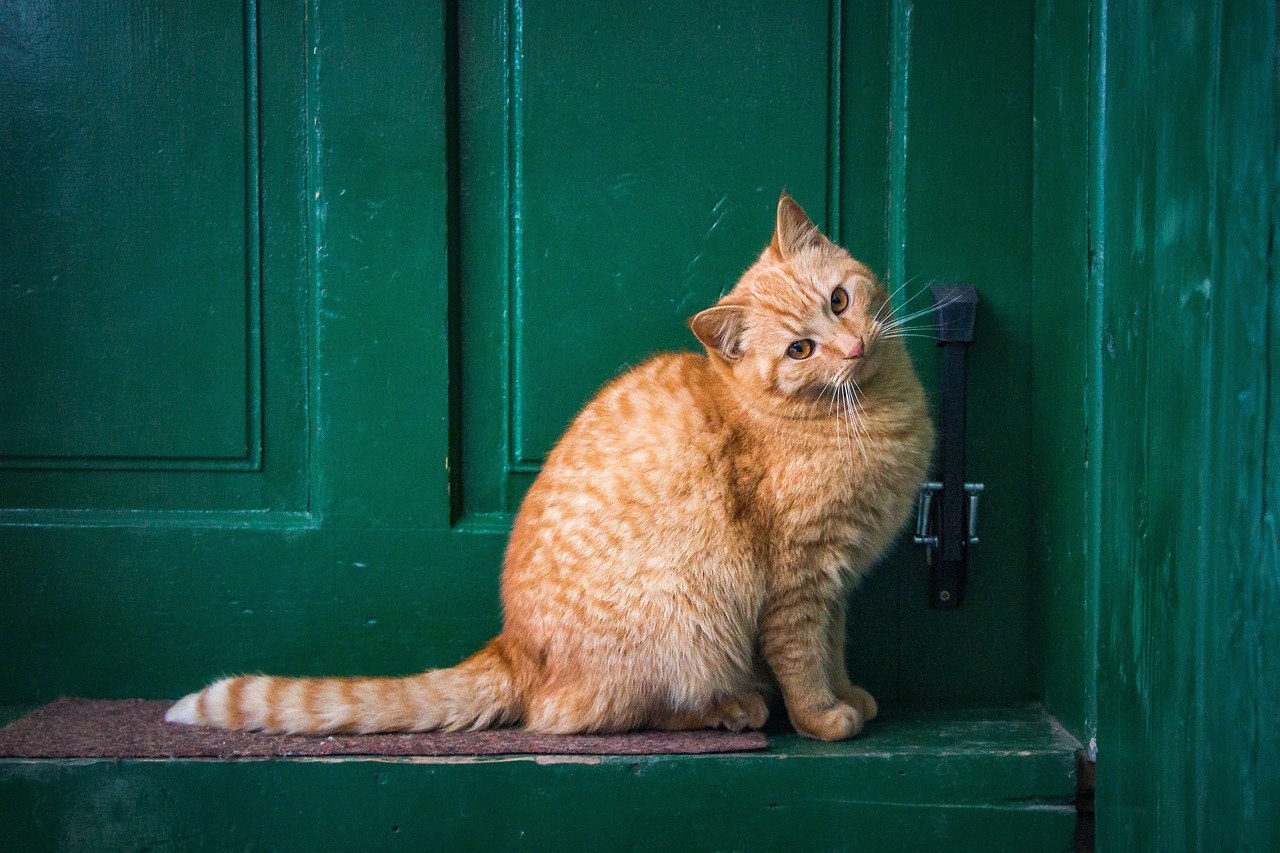
A cat’s tail is a mood barometer. When your kitty struts around with their tail held high and perhaps even a slight curve at the tip, it’s a sure sign of confidence. This posture means they feel secure and content in their environment. A high tail is like a little flag waving, “All is well in my world.” Sometimes, your cat may even greet you at the door with their tail upright, excited to see you return to their safe haven.
Rubbing Against Furniture and People

Cats have scent glands on their cheeks, heads, and flanks. When they rub against furniture, walls, or even your legs, they’re leaving their scent behind. This behavior isn’t just about marking territory—it’s a way of saying, “This is mine, and I’m happy with it.” If your cat is constantly brushing up against you or their favorite chair, it’s a sign they feel safe and want their scent mingled with the things and people they love.
Exploring with Curiosity

A cat who feels threatened will stick to familiar paths and avoid new spaces. In contrast, a confident, secure cat will explore every nook and cranny of their territory. You might find them investigating high shelves, poking their nose into bags, or squeezing into tight corners just to see what’s there. Their curiosity is a testament to their comfort level. They know the territory is theirs, and they’re eager to check out every inch.
Eating and Drinking Regularly

Cats under stress may refuse to eat or drink, hiding away instead. But a cat that feels safe will have a healthy appetite and confidently eat or drink in the open. They might even purr contentedly while munching on their favorite food. Sometimes, they’ll pause to look around, but quickly resume, knowing there’s no danger nearby. Their routine mealtimes and willingness to eat in your presence reveal their trust in their environment.
Using the Litter Box Consistently
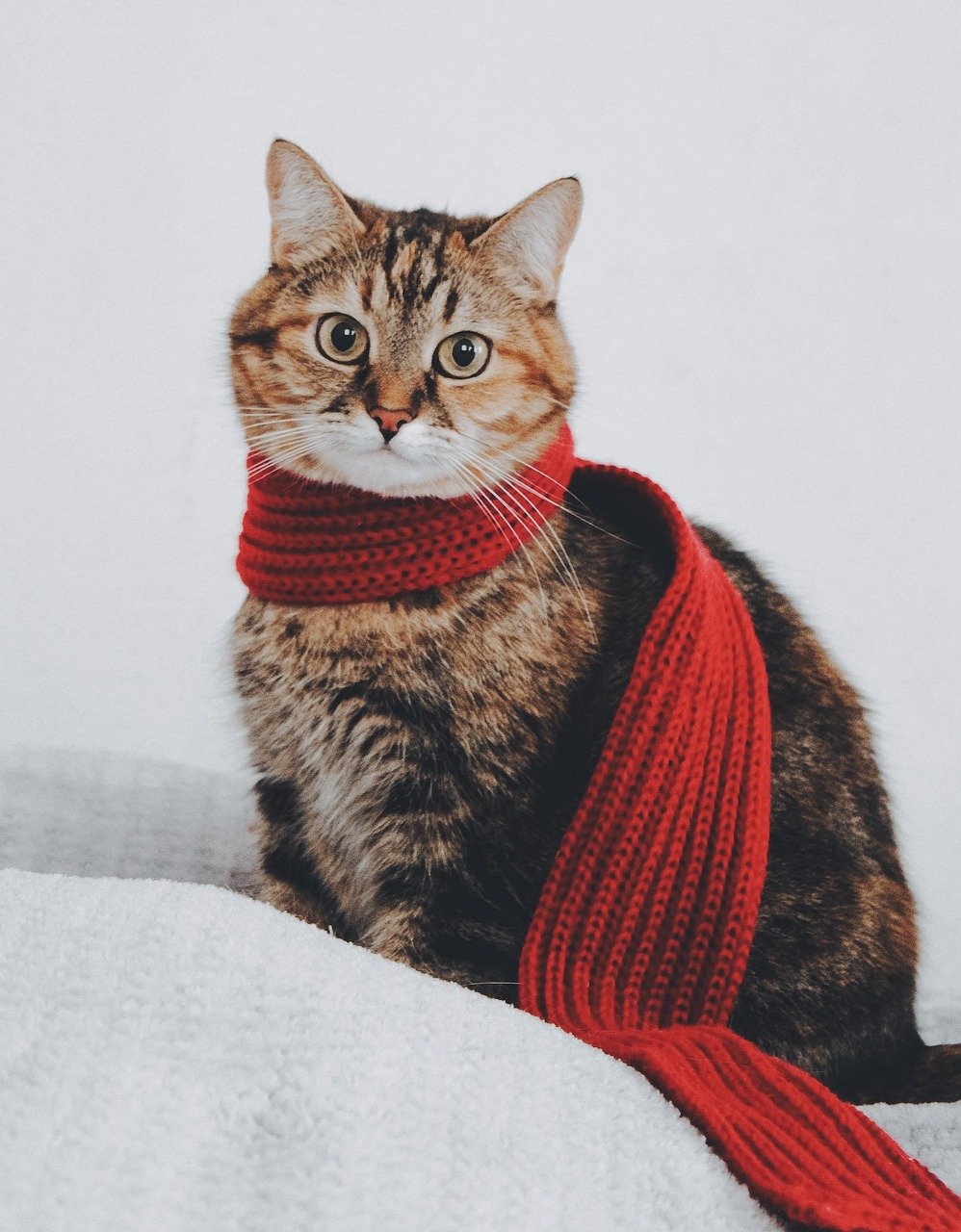
Litter box issues are often a sign of stress or insecurity in cats. A cat who feels secure in their territory will use their litter box regularly and may even be particular about keeping it tidy. They won’t feel the need to mark their territory elsewhere or hide their waste in unusual places. If your cat is using their box without any issues, it’s a subtle, yet powerful, sign of their comfort level. It’s their way of maintaining order in a space they feel is truly theirs.
Purring Contentedly

While cats can purr for many reasons, a deep, steady purr when they’re relaxed, lounging, or cuddling is a sure sign of contentment. You might notice your cat purring while kneading a soft blanket or curled up on your lap. This vibration is often linked to feelings of safety and happiness. Some cats will even purr in their sleep—proof that their dreams are as peaceful as their waking moments in a territory that feels just right.
Kneading Soft Surfaces
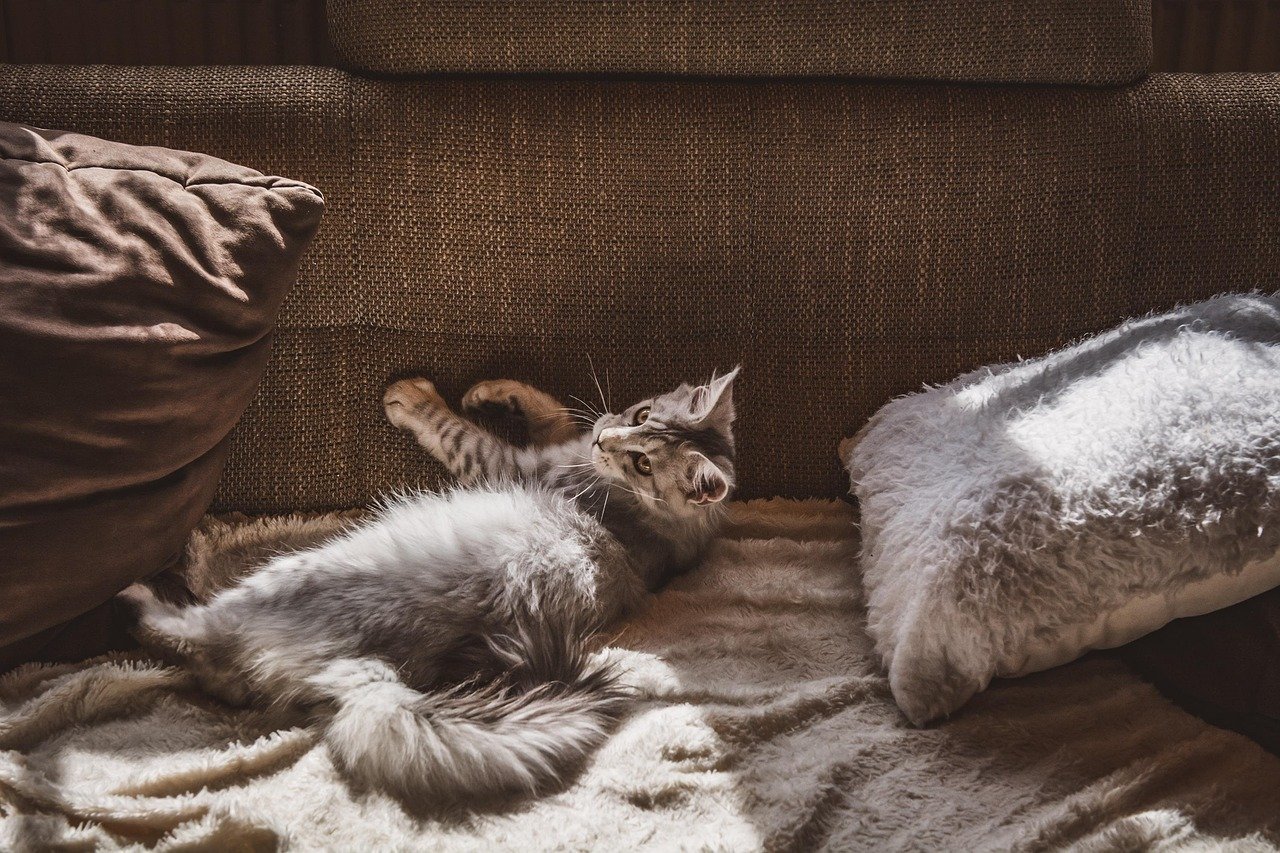
Kneading—pressing their paws rhythmically into a blanket, bed, or even your lap—is a behavior cats carry from kittenhood. It’s a comforting action that often signals deep relaxation. When your cat kneads in the open, it’s a sign they feel safe enough to drop their guard and indulge in this soothing ritual. Some cats will purr at the same time, a double dose of happy signals that leaves no doubt about their comfort.
Head Butting or “Bunting”
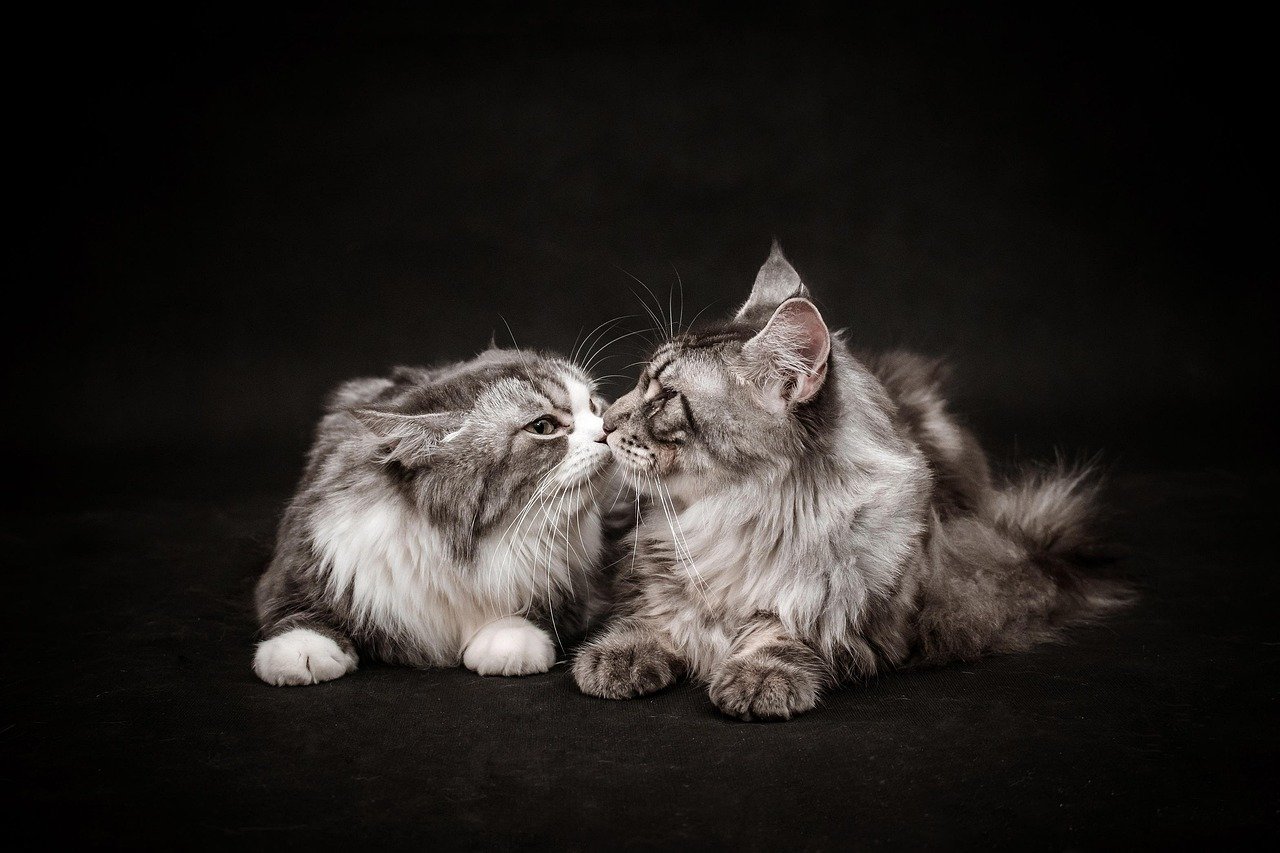
If your cat gently bumps their head against you, it’s more than just a quirky greeting. This head-butting behavior, called bunting, is a sign of deep trust and affection. Cats have scent glands on their heads, and by bunting, they’re mixing their scent with yours, marking you as part of their safe space. When your cat head-butts you, take it as a compliment—few things say “I belong here” more clearly.
Rolling Over and Exposing Their Belly
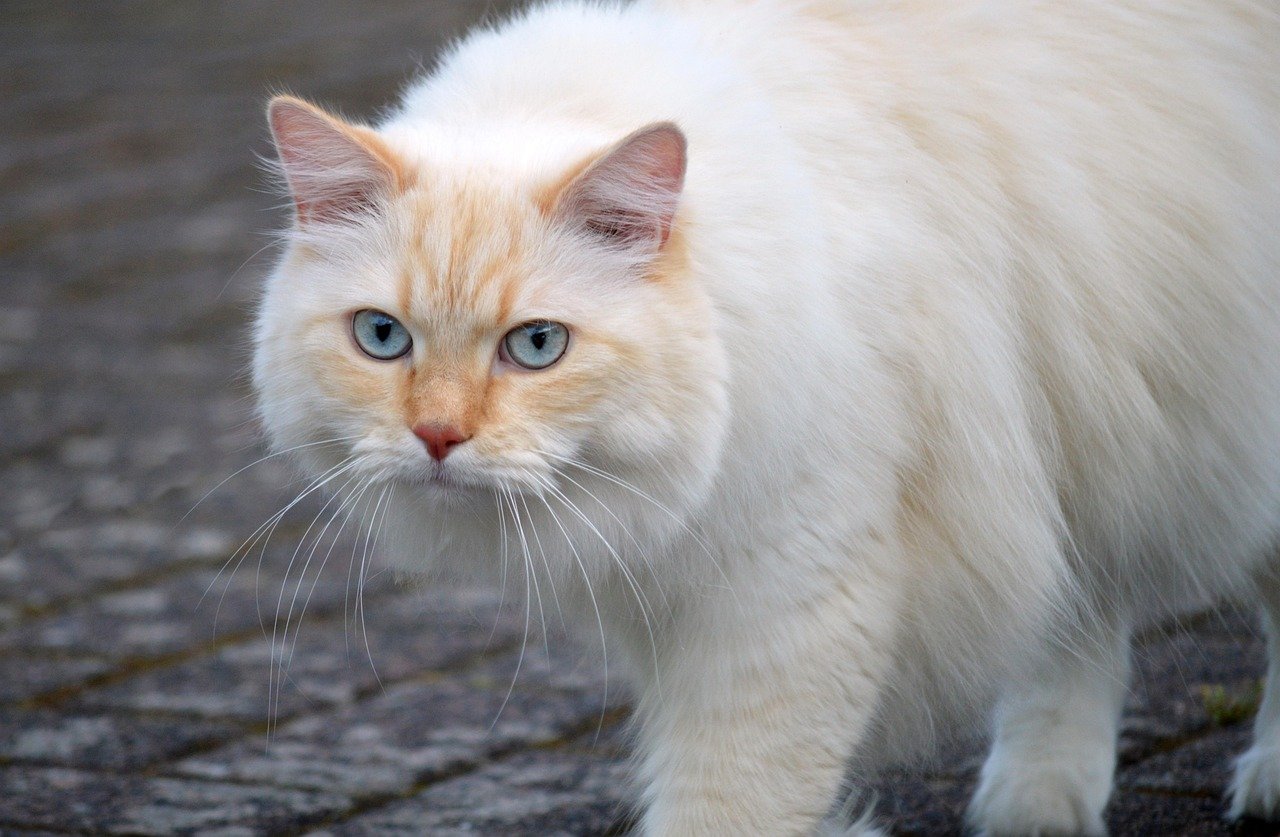
A cat’s belly is their most vulnerable spot, so when they flop over and show it to you, it’s a massive vote of trust. Some cats will even roll onto their backs and stretch out, inviting you to rub their stomach (though not all cats actually want belly rubs—sometimes it’s just for show!). This behavior signals complete comfort in their territory and with the people around them. It’s like a lion basking in the sun, totally unafraid of any danger.
Welcoming Visitors Calmly

Cats who feel safe in their territory aren’t easily rattled by new people or occasional visitors. Instead of hiding at the first sound of the doorbell, a confident cat might stay put or even come to investigate. They may greet guests with curiosity, sniffing shoes or sitting nearby to observe. While each cat’s friendliness varies, a willingness to remain visible and calm around strangers is a strong sign of security.
Minimal Signs of Aggression or Fear
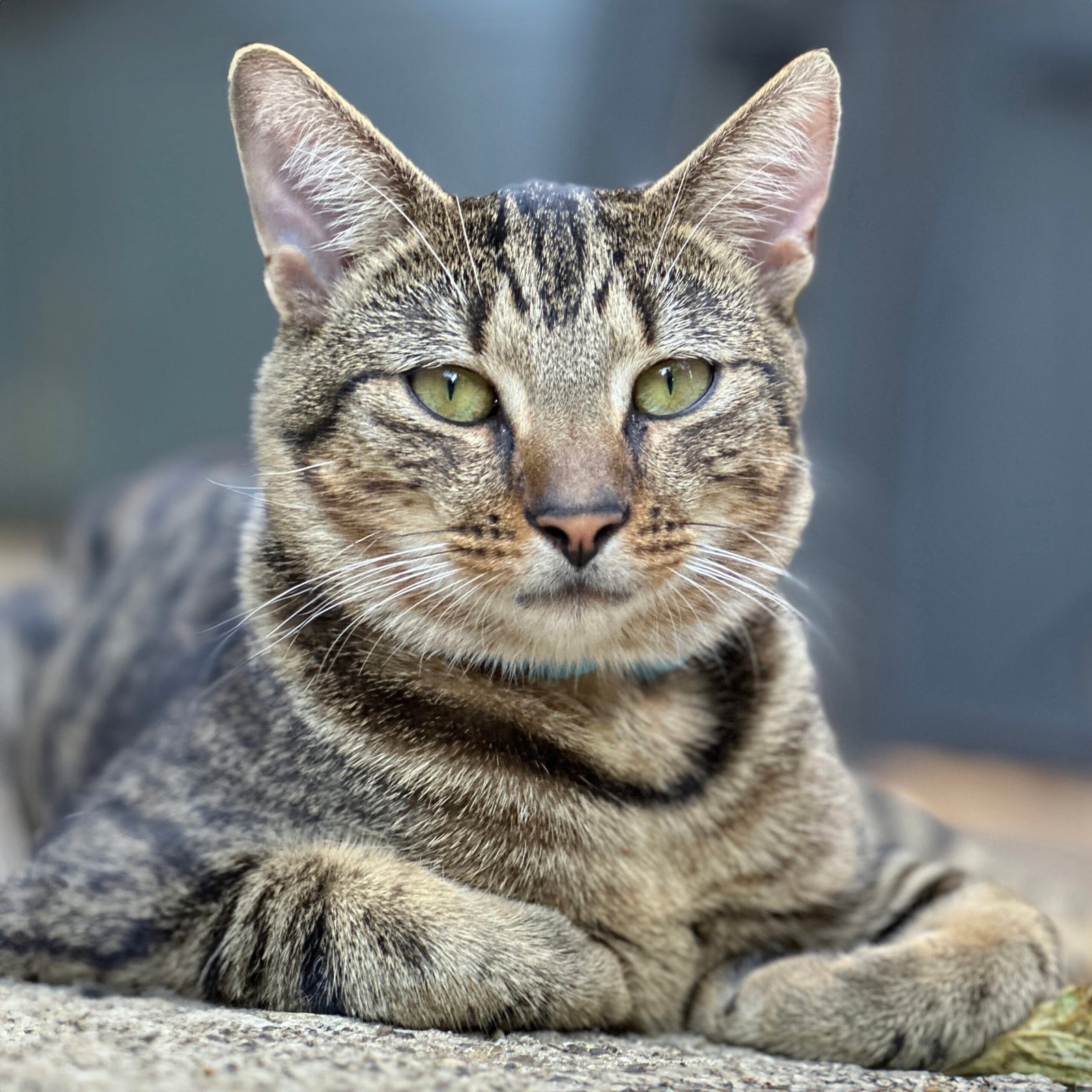
Cats who feel unsafe might hiss, growl, or swipe at perceived threats. In contrast, a cat at ease will display little to no aggression in their daily life. Their ears remain upright, their eyes soft, and their movements unhurried. Stressful situations won’t send them into a panic. While every cat has their limits, a generally peaceful demeanor signals a deep sense of security in their territory.
Chasing Shadows and Sunbeams
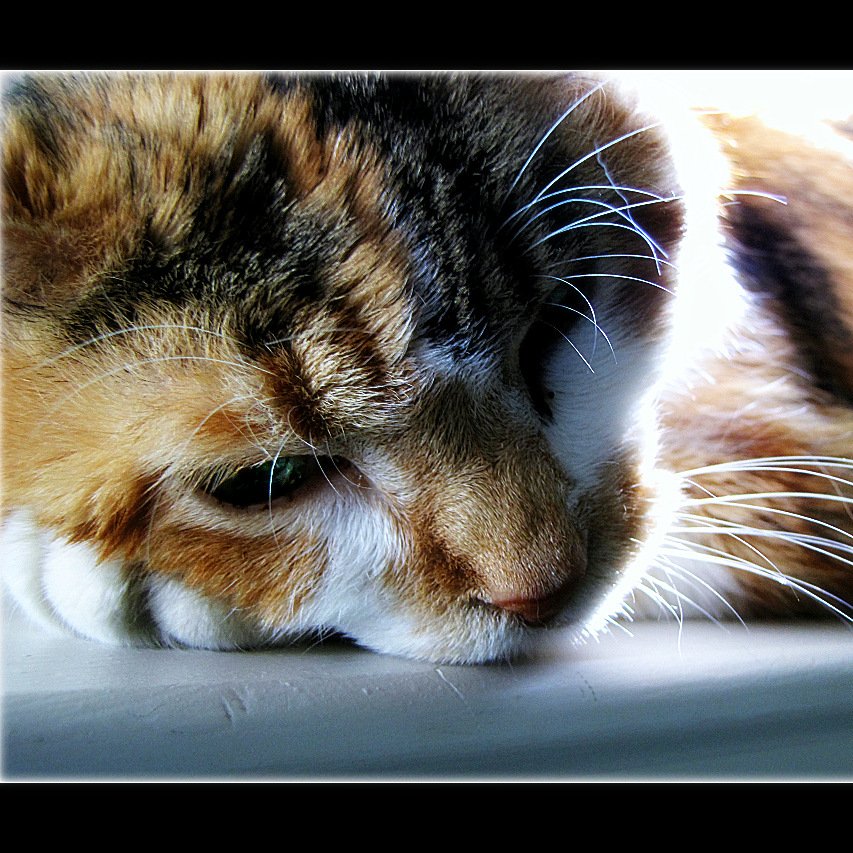
You might catch your cat gleefully chasing after a spot of sunlight or a rogue shadow on the wall. This playful, almost silly behavior reveals a cat who’s comfortable enough to entertain themselves without fear. They know their territory is safe, so they can focus all their energy on the “hunt”—even if it’s just a speck of light. These moments of pure, joyful play are some of the best signs your cat feels right at home.
Seeking Out Your Company
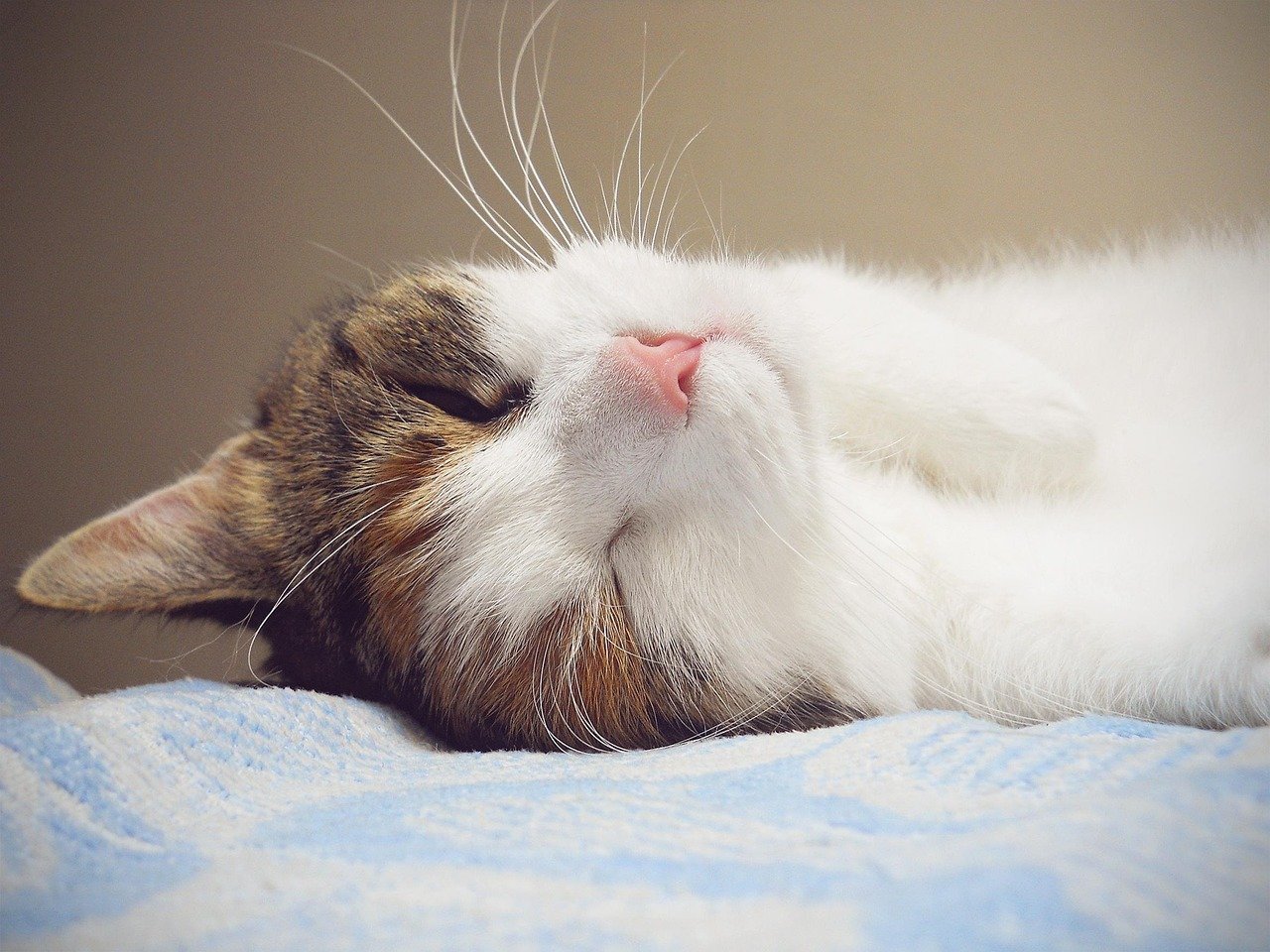
A cat who actively chooses to spend time with you, following you from room to room or curling up nearby, is a cat who feels secure. They might nuzzle against you, sit on your lap, or sleep at your feet. This closeness is their way of showing trust and affection. They know you’re part of their safe world, and they want to share their territory with you. It’s one of the most rewarding signs for any cat lover.
Displaying Confident Territorial Behaviors
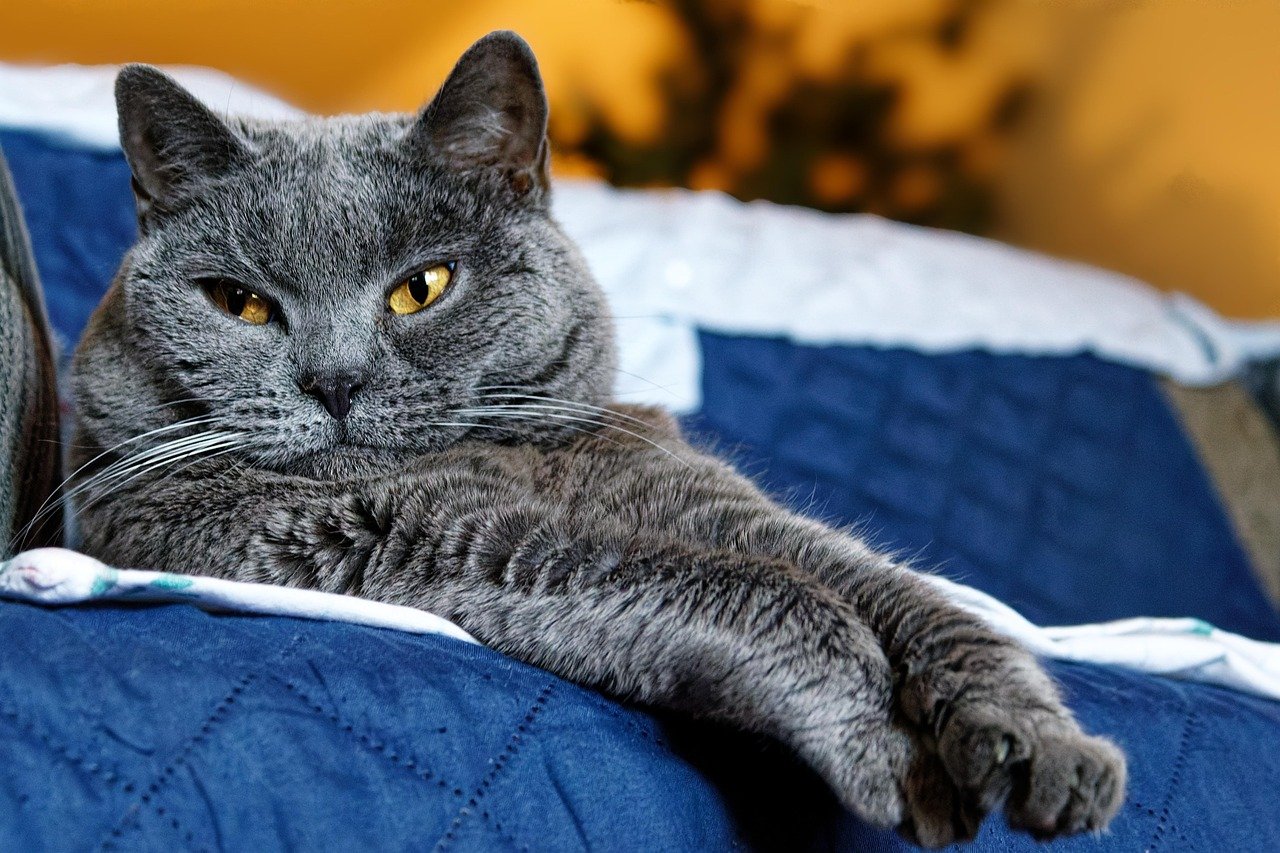
Confident cats often patrol their territory, checking out windows, inspecting doorways, and occasionally leaving their scent with a scratch or rub. They move with purpose, unafraid to claim their space. These territorial behaviors aren’t signs of insecurity—they’re a reflection of a cat who feels entirely at home. They know the boundaries of their world and feel comfortable enough to enforce them, whether it’s by lounging in their favorite spot or rubbing their scent on a new piece of furniture.
Maintaining a Routine
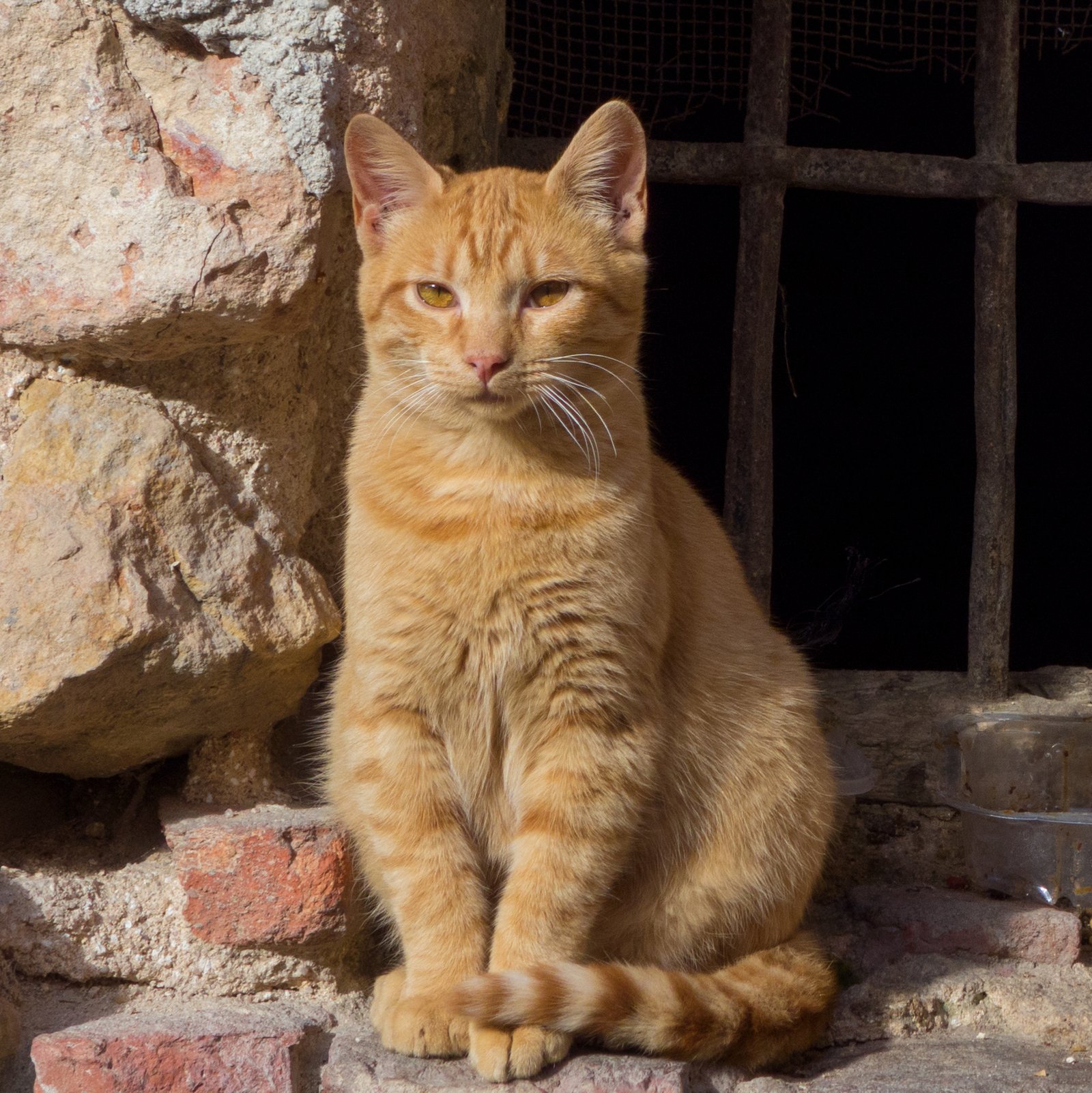
Cats thrive on routine, and a cat who feels safe will develop predictable patterns in their day. You’ll notice regular times for sleeping, playing, eating, and watching the world go by from a favorite perch. Disruptions to this routine might cause stress, but a consistent schedule is a sign of deep comfort with their surroundings. Your cat’s routine is like a well-worn path—they follow it because they know every step is safe.
That’s how you know your cat feels safe in their territory.

Linnea is a born and bred Swede but spends as much time as possible in Cape Town, South Africa. This is mainly due to Cape Town’s extraordinary scenery, wildlife, and atmosphere (in other words, because Cape Town is heaven on earth.) That being said, Sweden’s majestic forests forever hold a special place in her heart. Linnea spends as much time as she can close to the ocean collecting sea shells or in the park admiring puppies.






